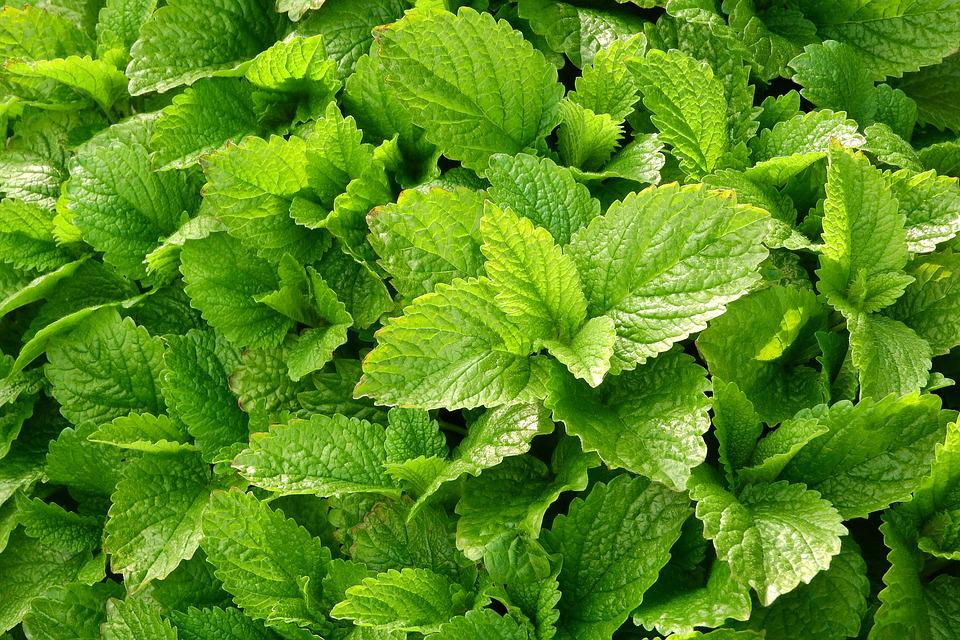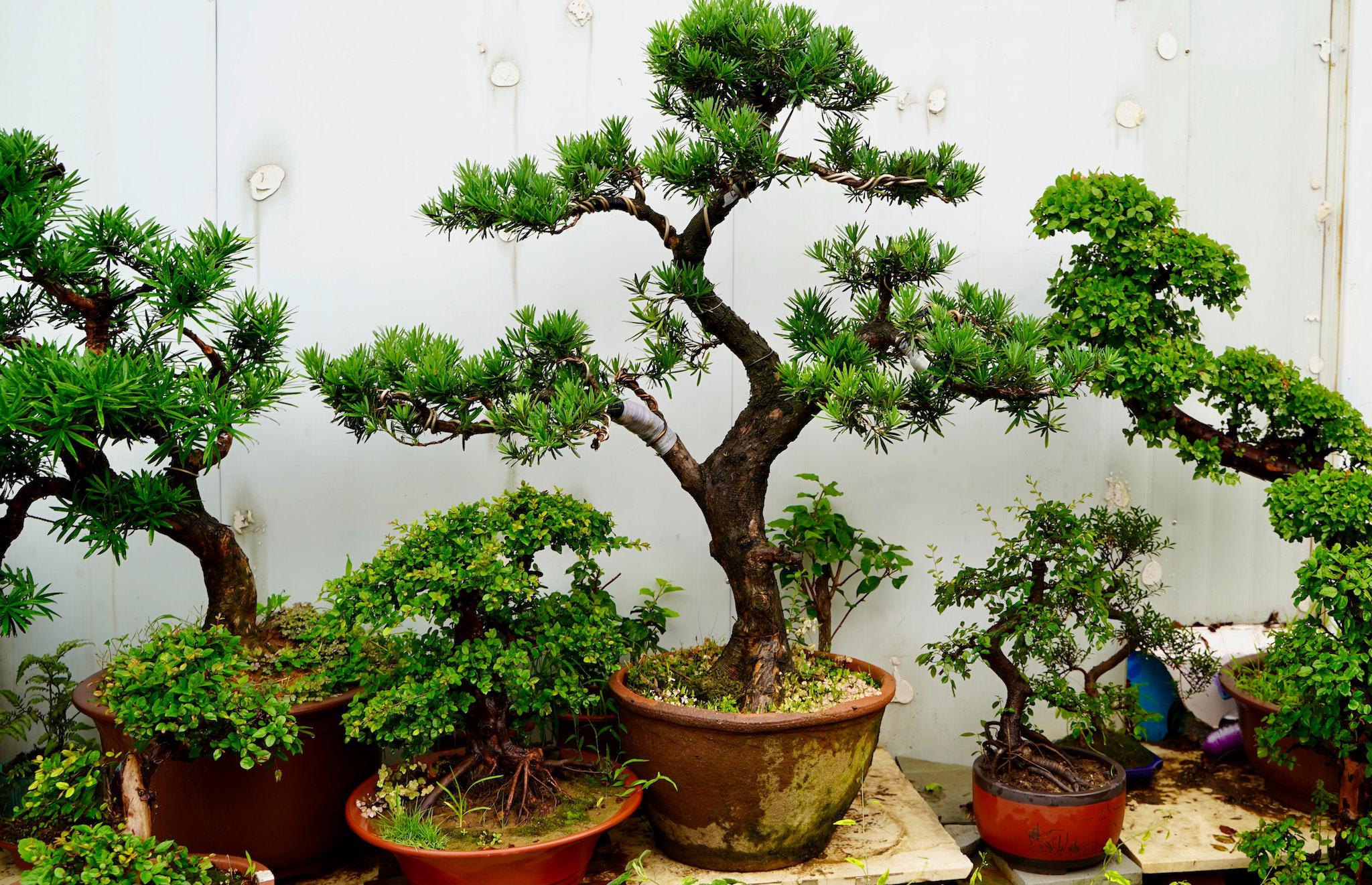Lemon balm is a wonderfully fragrant herb and an essential part of any garden. You should always have lemon balm, no matter how big or small your garden is. Lemon balm does not ask for much and requires little care as long as it is in full sun. In addition, it is an herb that attracts butterflies and beneficial insects to the garden.
Lemon balm, like mint and basil, is a member of the lip flower family. It is a perennial herb and can be enjoyed for several years. Its aroma and taste are similar to lemon. Lemon balm comes from the ancient Greek word meaning “honeybee.” Therefore, lemon balm is a lovely plant for bees and butterflies.
Location
Lemon balm will grow almost anywhere as long as it gets enough sunlight. Since it is a perennial plant, it can live for many years if well cared for, so choose a suitable location while you are at it.
Sunlight and Water
Lemon balm is not fussy about its environment or temperature requirements. It can quickly grow in moderate environmental conditions. However, these herbs should not be exposed to cold winds or too much hot sunlight during the day.
Since mature trees can grow up to 1 meter in height, care should be taken to avoid placing other plants in areas with poor sunlight.
It can also be grown indoors if placed in a location that receives 5-6 hours of direct sunlight per day. However, too much direct sunlight may cause burns on the leaves. Therefore, rotate the pot periodically to prevent the plant from growing too much in one direction.
Lemon balm prefers to be constantly kept moist with slightly moist soil while the plant is still young. Once grown, however, they are entirely resistant to drought. Watering should still be frequent, at least once a week in summer and less in winter. Also, watering should only be done when the top layer of soil seems dry. For potted plants, watering should be done regularly.
Soil
Sandy but well-drained soil is desirable. In addition to nutrient-rich, well-drained soil, a neutral pH of 6 to 7.5 is generally recommended.
Sowing
Lemon balm is best sown indoors as it is potted in the spring in a warm location (20°C or higher). When sowing seeds, do not try to hide them in the soil; rather, sprinkle them over the pot and press down lightly. It may take 3-4 weeks for the seeds to emerge from the soil.
If you already have lemon balm, you can propagate it by cuttings from the mother plant. In technical terms, this is called vegetative propagation. The vegetative propagation method produces a small plant identical to the mother plant. This method is the easiest way to propagate lemon balm from one pot to many. In early summer, cut two or three shoots. Except for the uppermost pair of leaves, remove the other leaves from the buds and place them in a container or pot. Water well, and in a short time, you will notice that the foliage will begin to bloom happily.

Repotting
Lemon balm can be transplanted outdoors as long as the outside temperature always reaches 20-25°C (68-86°F). Water generously immediately after transplanting.
Diseases and Disasters
Lemon balm is a hardy plant with a strong immune system. The lemon fragrance contains citronellal, which repels insects but can also cause pests such as aphids and whiteflies. To remedy these problems, spray a mixture of soap and water on the underside of the leaves or use an environmentally friendly insecticide.
Let us know if these few tips have helped you grow lemon balms in your garden in the comments below!




